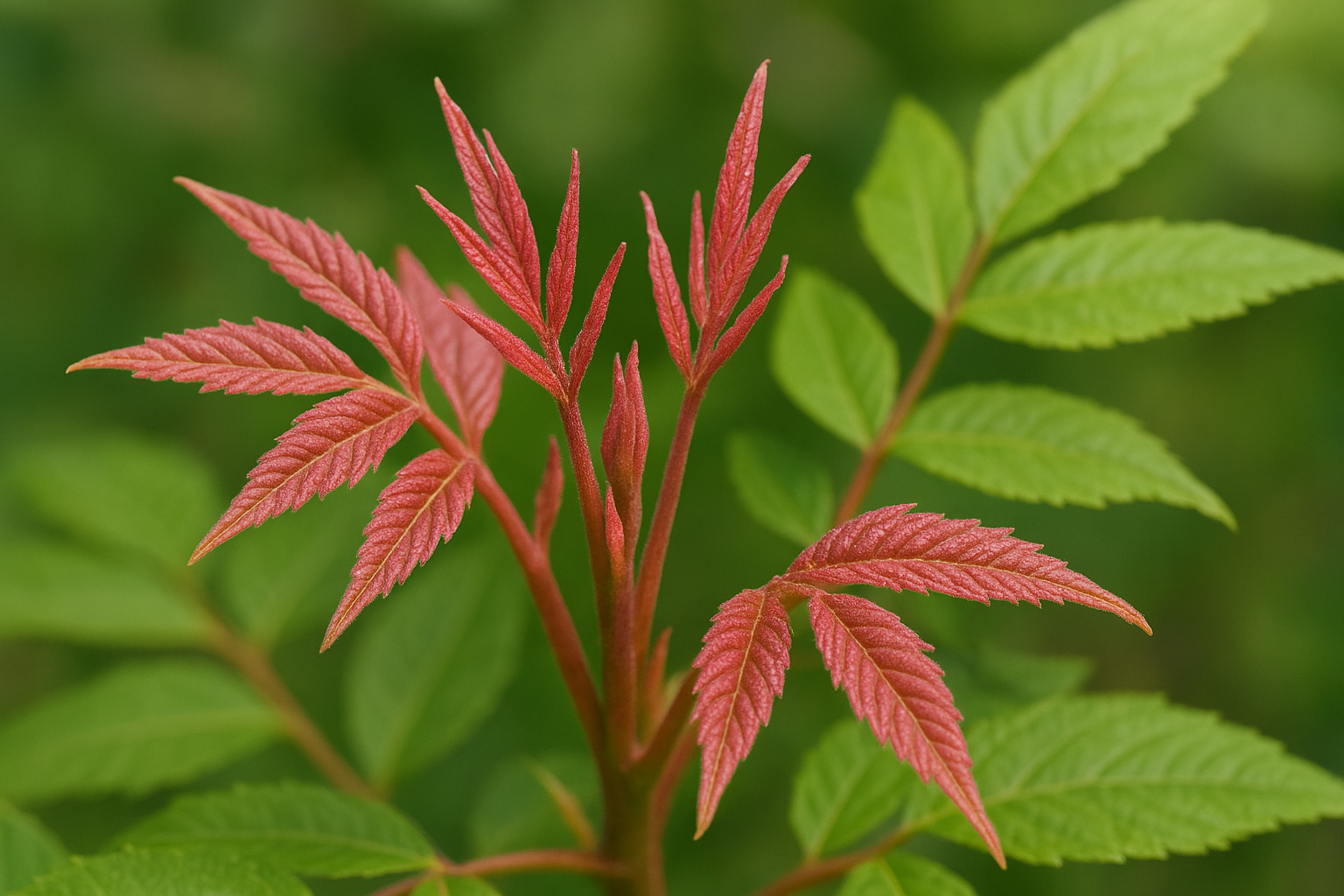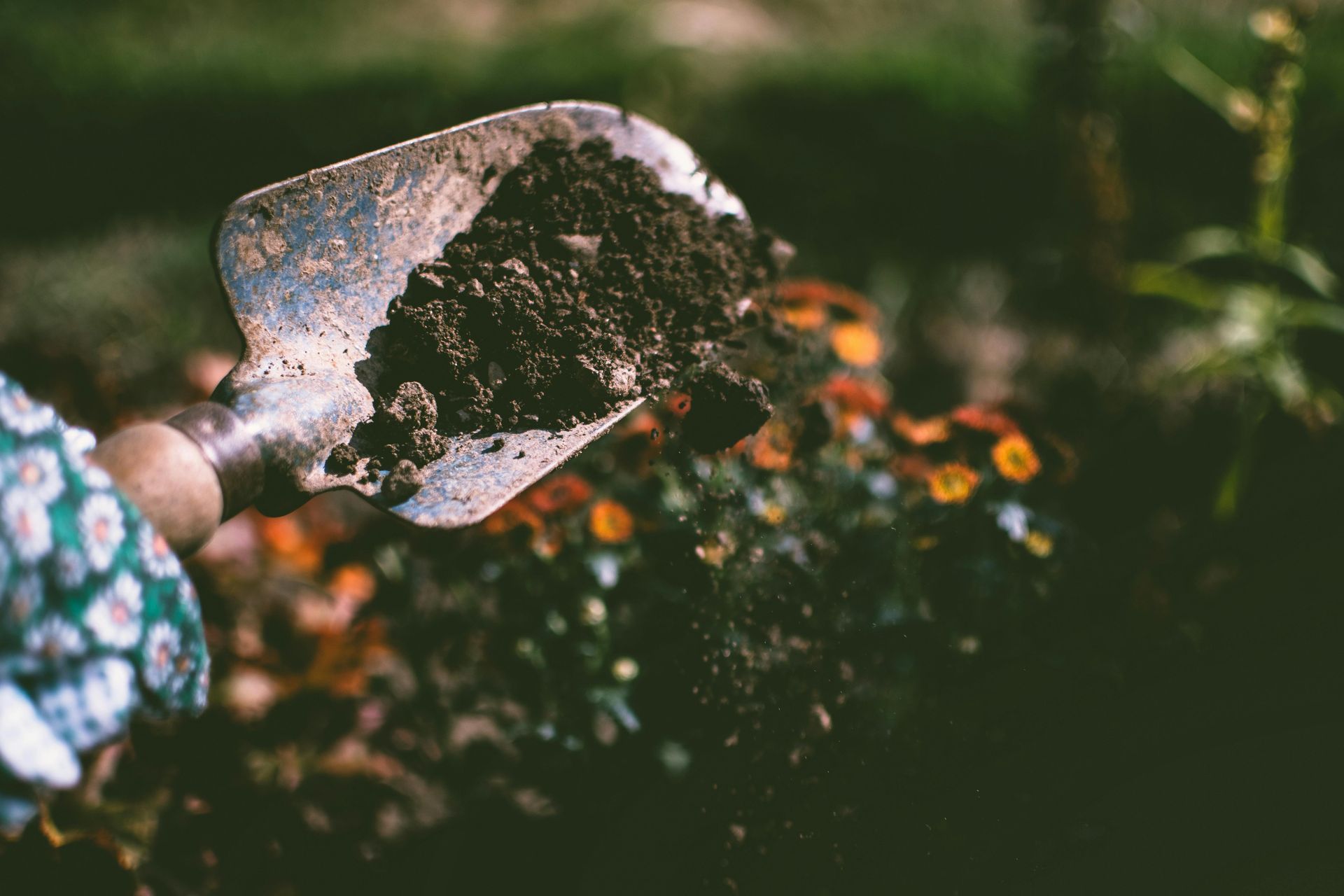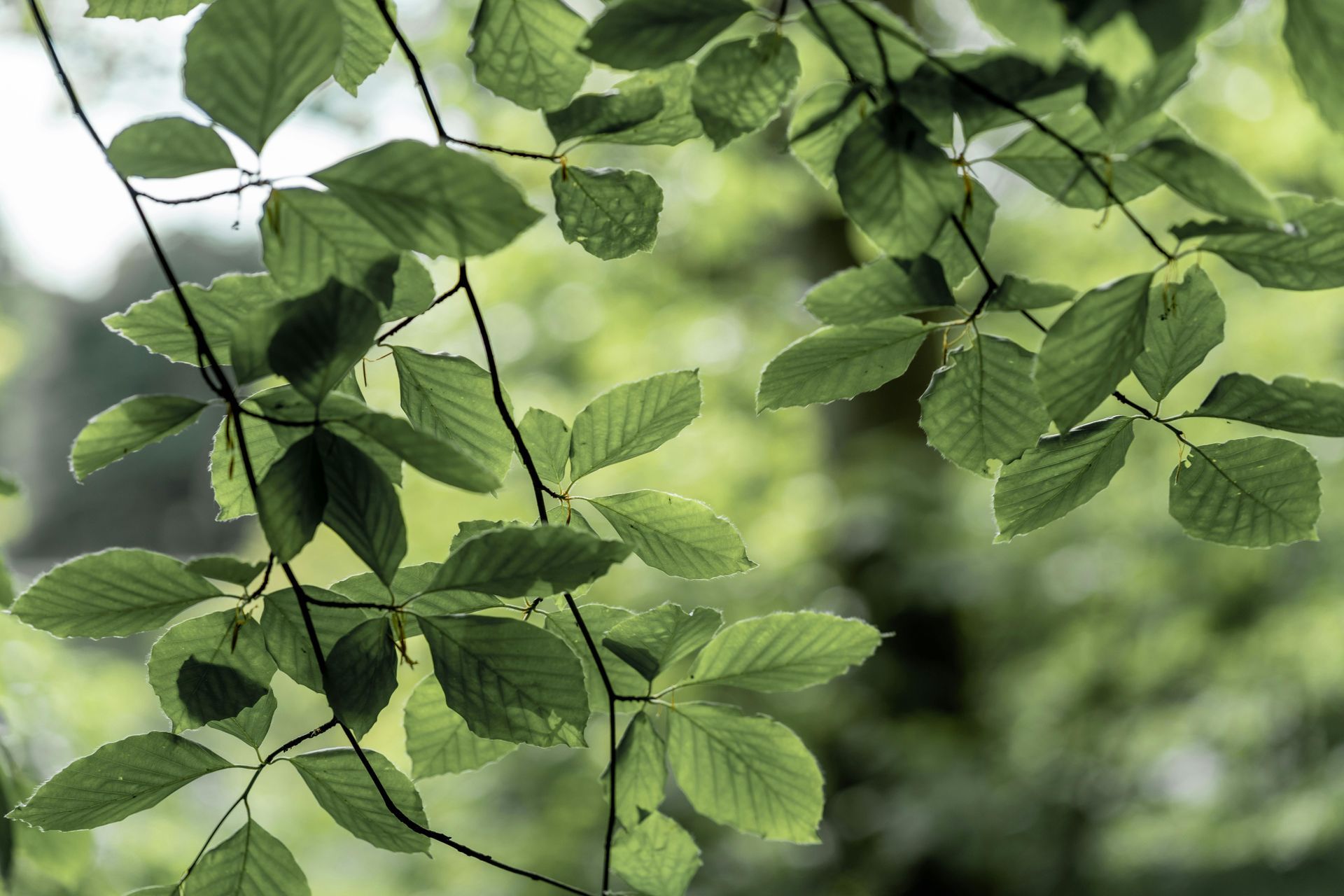Throughout this series, we will explore the various flora that call our favorite hiking areas home. From the shores of the east coast to the old growth forest of the west, we'll dive into the rich tapestry of trees, uncovering their unique characteristics, ecological significance, and the stories they hold within their rings. Join us on this journey to the Smokey Mountains as we learn about the various plant species along scenic trails and inspire a deeper connection to nature.
The Great Smoky Mountains National Park is renowned for its rich biodiversity and in 1983 was designated as a UNESCO World Heritage Site. The Great Smoky Mountains National Park, located on the border of North Carolina and Tennessee in the United States, is recognized for its exceptional natural beauty, diverse ecosystems, and the ongoing protection of its unique plant and animal life. The diverse tree species contribute to the scenic beauty and ecological significance of the park, making it a popular destination for nature enthusiasts and hikers.
Cataract Falls, a stunning waterfall nestled in the heart of the Great Smoky Mountains National Park, features a diversity of lush vegetation surrounds the falls, and a mix of deciduous and coniferous trees, shrubs, and flowering plants. This section of the park provides a window into the beauty and the balance of the greater ecosystem, rendering Cataract Falls an essential stop for both nature enthusiasts and outdoor adventurers alike.
Here is what you might find along Cataract Falls and in the broader Great Smoky Mountains:
Tree and plant identification is not just an educational activity; it's a gateway to a deeper appreciation of the natural world that surrounds us. For adults, it offers a chance to reconnect with the curiosity of childhood, encouraging a sense of wonder and discovery as we explore the diverse array of flora that inhabit our environments.
Moreover, engaging in tree and plant identification with children can be incredibly rewarding. It provides an interactive learning experience, fostering skills such as observation, critical thinking, and problem-solving. As they learn to recognize different species, children develop a deeper understanding of ecosystems, biodiversity, and the interconnectedness of all living things.
Furthermore, this activity encourages outdoor exploration and promotes environmental stewardship. By learning to identify trees and plants, both adults and children become more attuned to their surroundings, gaining a greater sense of responsibility for preserving and protecting the natural world.
Whether you're a seasoned naturalist or just starting out on your botanical journey, tree and plant identification offers endless opportunities for discovery, learning, and connection with the world around us. So grab a field guide, head outdoors, and let the adventure begin!
Stay tuned for the next installment of "A Guide to Tree Identification While Hiking" where we will continue our exploration of the world's most captivating tree-lined trails.









